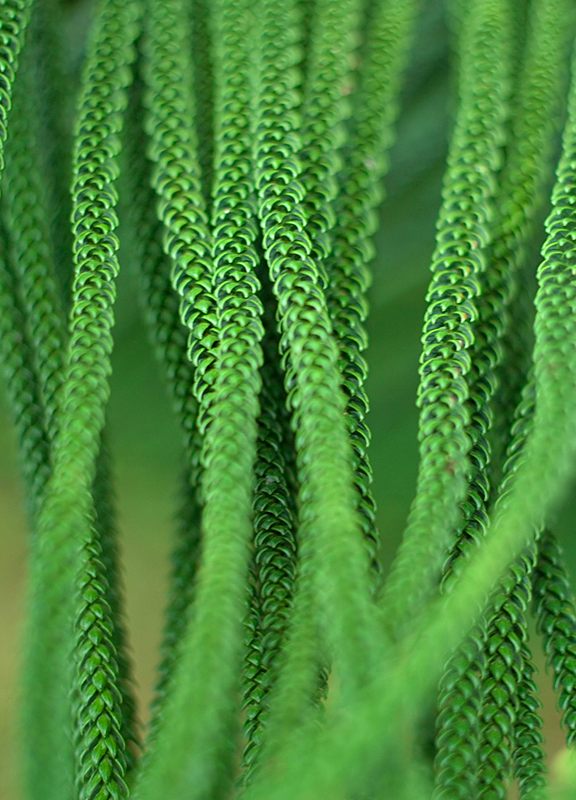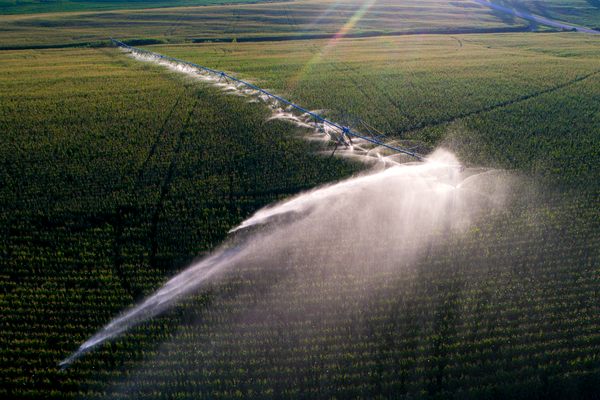Why Some Plants Have Huge Leaves and Others Have Tiny Ones
It comes down to the risk of overheating or freezing.

Plants have a delicate balance to strike when it comes to their leaves. They need to be large enough to absorb lots of sunlight for photosynthesis, but not so big they use up a lot of water to cool those leaves through evaporation. But a new study suggests things are a bit more nuanced than that. After analyzing data from 7,670 kinds of plants around the world, researchers determined that the main driver of leaf size for plants in most places is actually the difference between the temperature of the leaf itself and the air around it—and how that changes between hot days and frosty nights.
Back in the 1800s, plant geographers noticed a pattern: Plants closer to the equator had larger leaves, and as you move toward the poles (and into deserts), the leaves on plants get progressively smaller. Tropical rain forests were full of large, lush leaves, while in arid places and way up north bushes and shrubs get by with tiny foliage. Scientists long thought that the risk of overheating and drying out was the determining factor in this, but it turns out not to be the only one. “What we’ve been able to show,” coauthor Ian Wright told the BBC, “is over perhaps as much as half the world the overall limits to leaf size are much more set by the risk of freezing at night than the risk of overheating during the day.”

Water also plays an important role, Wright said, because “if there’s enough water in the soil then there’s almost no limit to how large leaves can be.” As climate change affects both temperature and water availability, understanding how plants will respond to such changes—and why—will be critical. The researchers’ model can help predict which plants, thanks to leaf size, will thrive in the new world we’ve made for them.
























Follow us on Twitter to get the latest on the world's hidden wonders.
Like us on Facebook to get the latest on the world's hidden wonders.
Follow us on Twitter Like us on Facebook